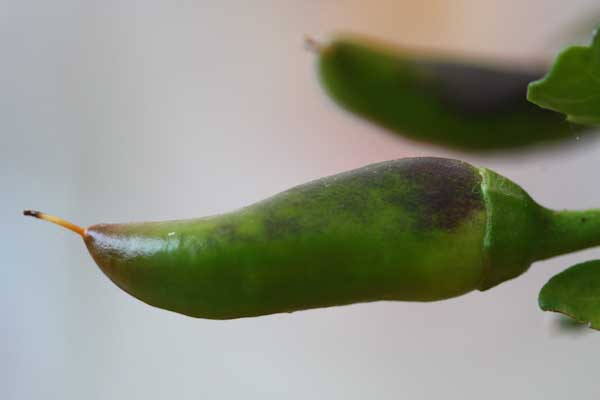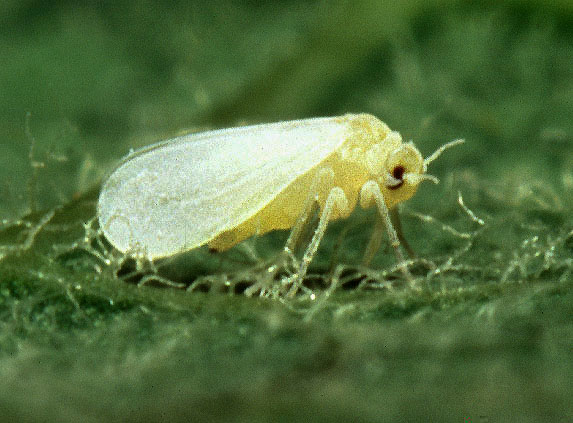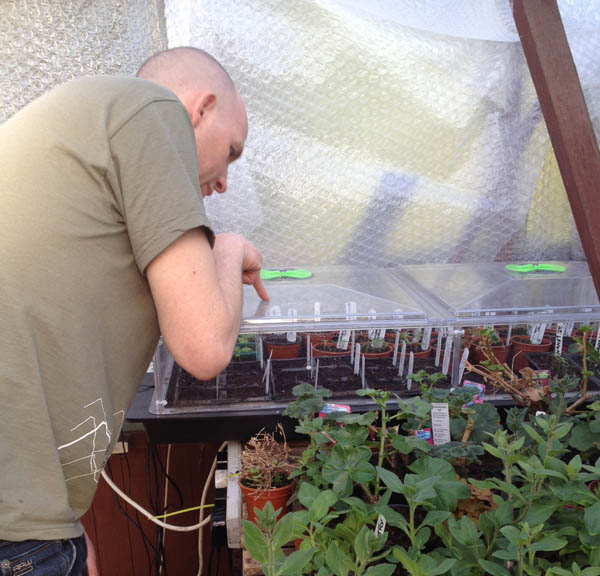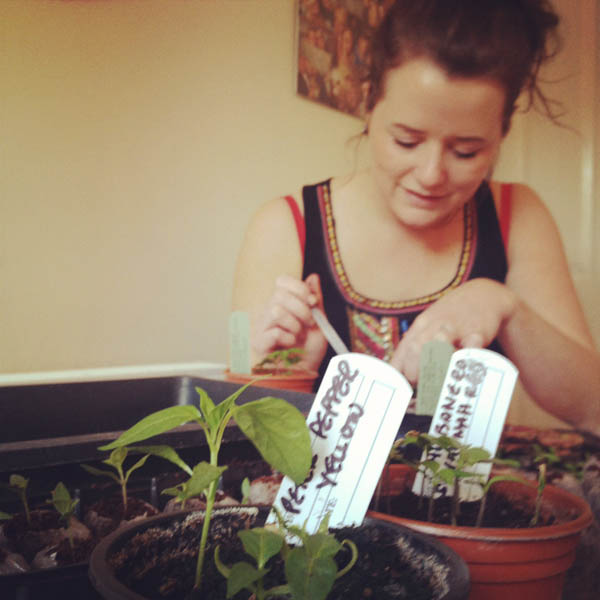Around this time every year I always get a handful of emails from readers asking me about black chillies. Why are my chillies black? What have I done wrong? Can I eat black chillies? Are my chilli plants mutant?!
During the natural ripening process, it is quite common for chillies to be black in appearance or have black/dark streaks on them.
Most chillies (e.g. Jalapeno, Cayenne etc) will start off life green and ripen through to orange or red. As the pods start to ripen, the sugar content in the fruit increases and the skin will often turn a dark brown or black colour temporarily.
As the ripening process continues the blackness will eventually give way to red. These changes in colour can seem like they are taking an age to happen, especially when you’re waiting for pods to ripen at the start of the summer!
How long this ripening process takes depends on a number of different factors such as weather, feeding regime and watering levels. To speed up the ripening process try to increase the amount of sun your plants are getting.
Usually however these changes happen so slowly that you begin to think there is something wrong with your plants. Then inevitably you’ll turn away for a second and your plant will suddenly be full of wonderfully ripe red pods.
The lesson here is to be patient!
Naturally Black Chillies
Of course there are some varieties of chilli that are naturally black or brown in colour when ripe. The most popular such variety (and one of our favourites) is the Chocolate Habanero pictured below. These habaneros start off green and ripen through to a deep chocolatey brown (almost black) colour.
Oh and by the way they are great for making chutney.
Can you eat Black Chillies?
All chillies can be eaten at any stage in the ripening process, including when they are black or brown in appearance. However the flavours can change significantly throughout the ripening process. The best way to work out what is best for your taste buds is to try some pods at different stages of ripeness.











